Yue Zhang
Advisor: Brian T. Rex
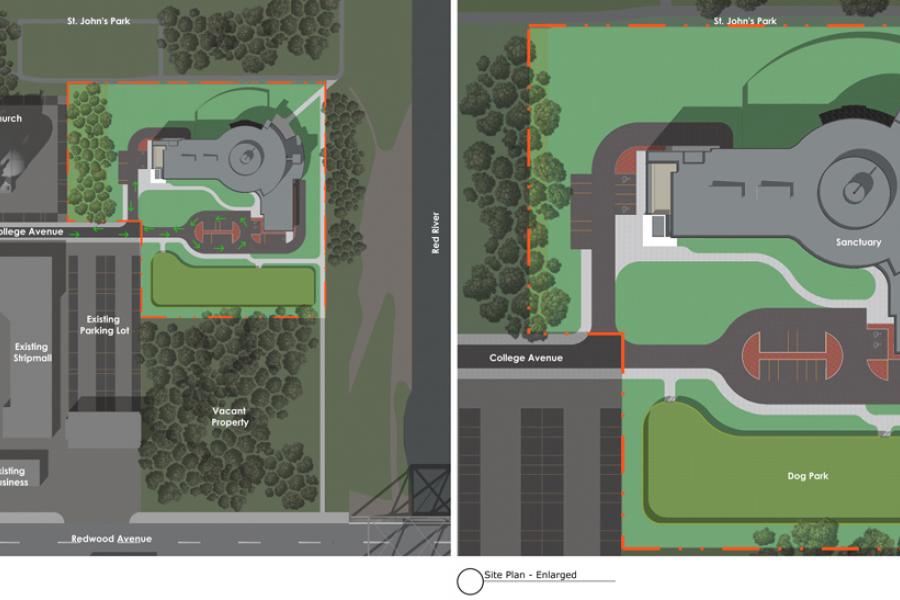
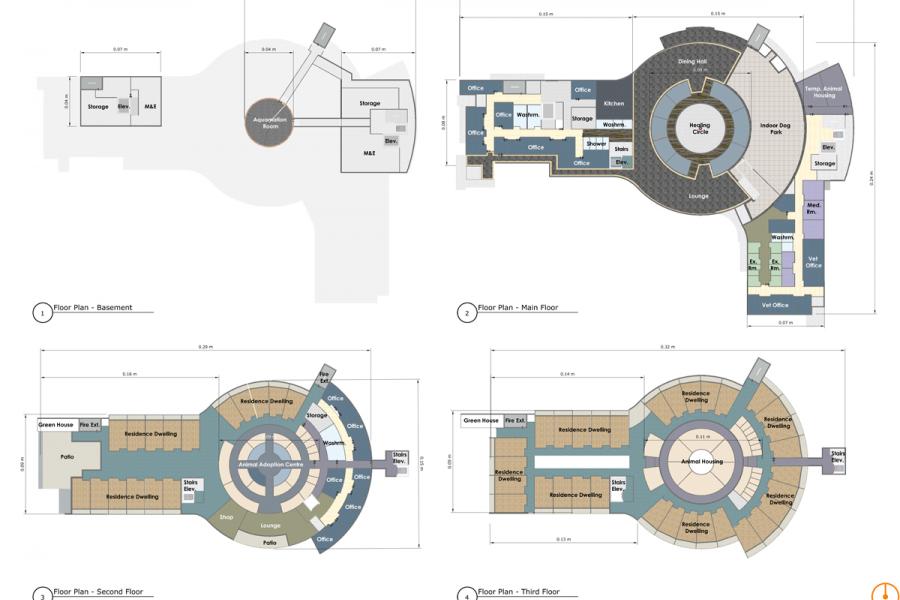
Basement: Directly underneath the healing circle, there is a space for the deceased animals with a ceremony room and an aquamation room.
Second Floor: The housing units are located on the west and north side of second floor. The animal adoption center is located directly above the healing circle.
Third Floor: Majority of the space on the third floor are housing units. The animal shelter is located right above the animal adoption center.
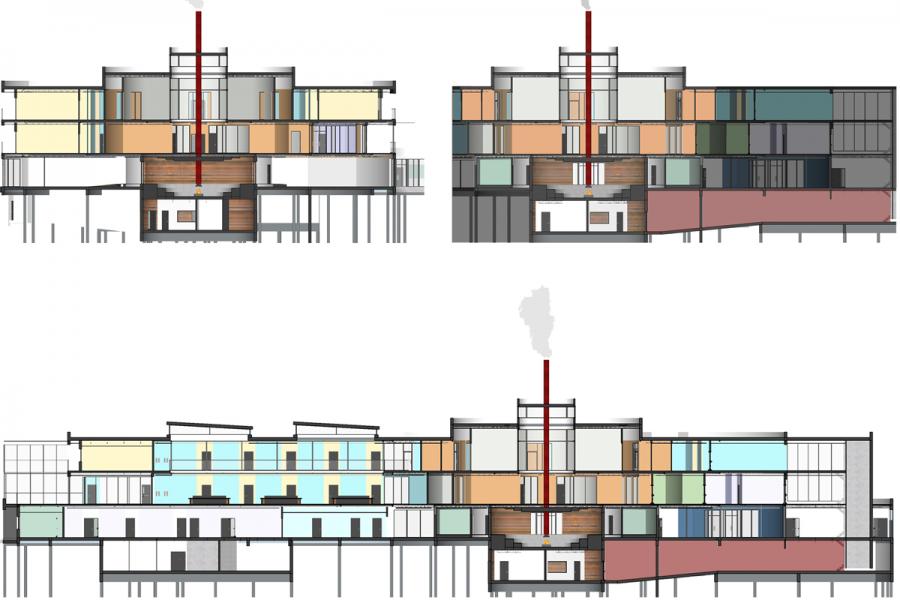
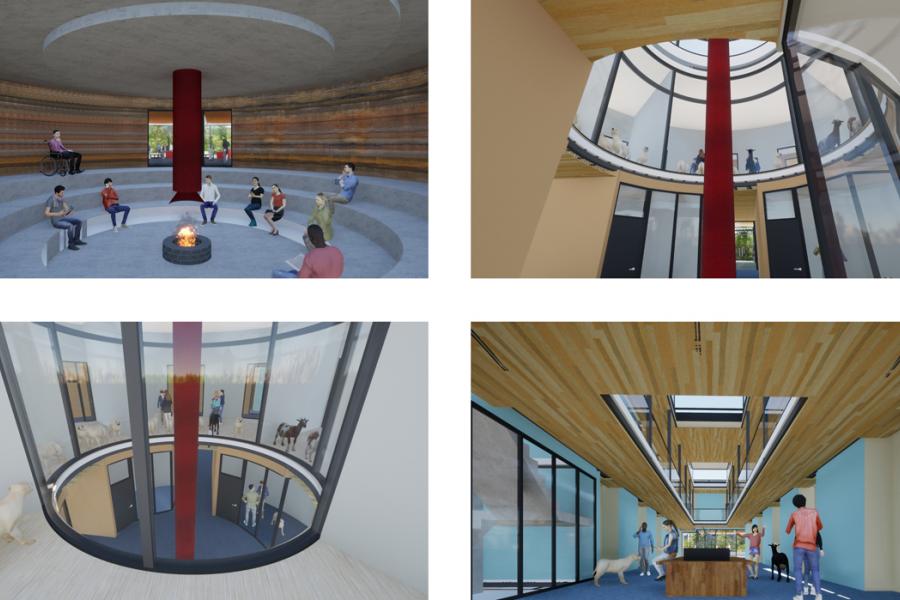
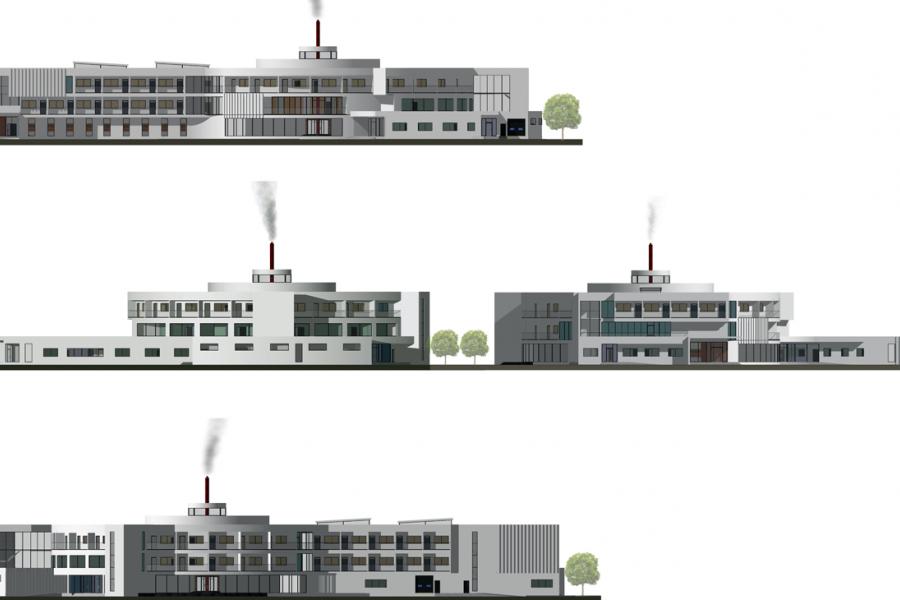
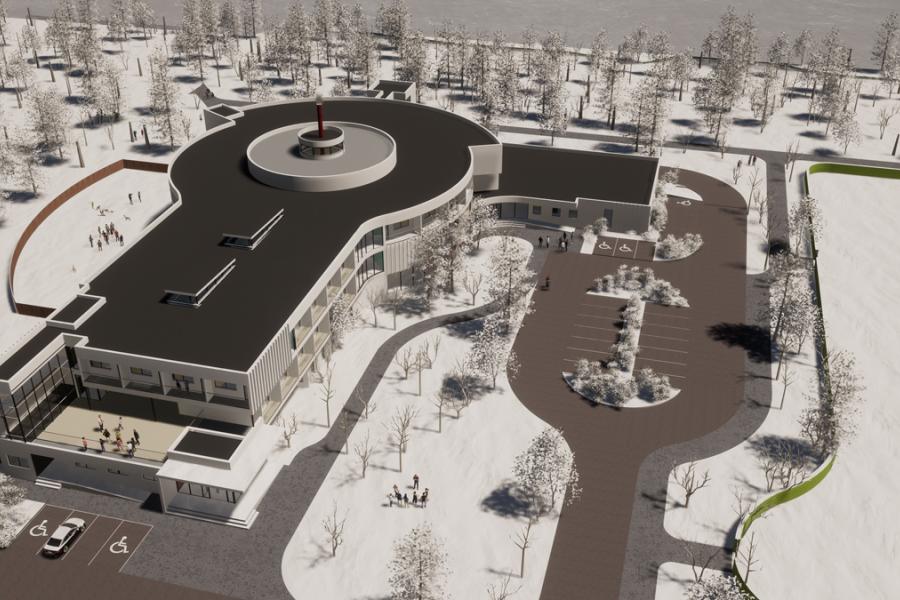
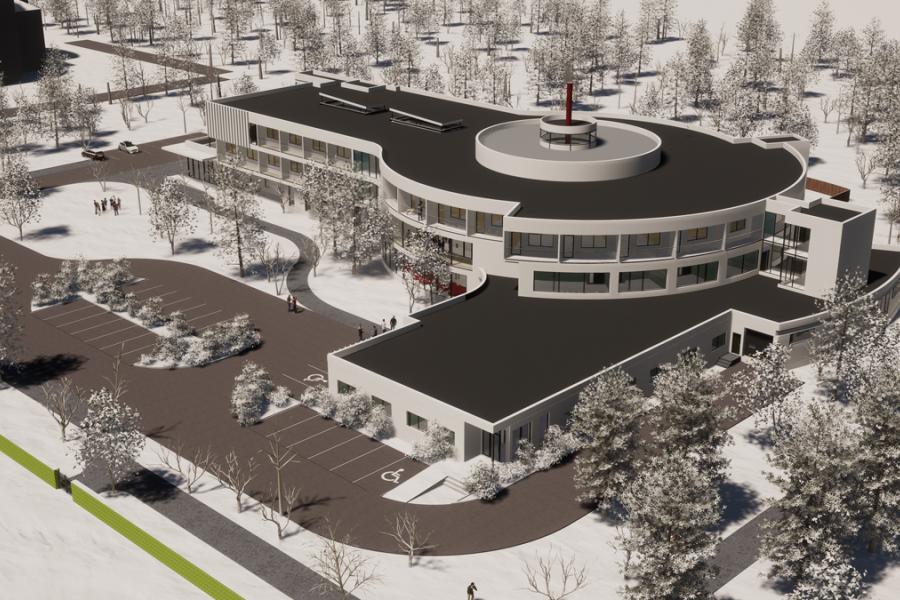
SANCTUARY
The design thesis project SANCTUARY explores the idea of a place driven by the symbiotic merger of two distinct social issues in Winnipeg --people experiencing homelessness and animals sheltered after abandonment or rescuing.
Both populations suffer from a similar social stigma in the public eye. Peer-reviewed studies and anecdotal cases cited below show that animals can assist in modifying and supporting positive human behavior that can lead the homeless to regain place in the community. In turn, animals in need of shelter get care and attention. The proposed hybrid program uses the interaction between the animals and people to help create emotional bonds. It encourages and assists people to become more self-sufficient & independent. The relationship between people and animals is symbiotic both physically and emotionally. The animals can eventually be adopted and find their forever home.
Many of the unfortunate homeless people feel isolated and invisible to society. It is crucial to establish connection between the homeless of Winnipeg and its wide-ranging public. The presence of animals presents an “ice breaker” opportunity for the general Winnipeg public to find common ground and put aside their prejudice and stereotypical view on homelessness. When interacting with the animals, people will have a chance to communicate with the person who is taking care of the animal. Hopefully, the general public will look beyond the negative labels being put on the homeless population and treat them with the respect and understanding they deserve. The interaction both with and across animals helps the homeless population to rebuild associations and relationships. This is intended as the basis for measuring the “fit” of the programs and their architecture.
The outcome of this design study is the establishment of a model of hybrid housing facility to be co-occupied by both homeless people and animals. There will be spaces for programs to help both groups of occupants medically and emotionally. Additional social and training programs will be established to assist the human occupants; animals will be nurtured and trained for adoption. The residents of the housing units will play the role in assistance to the animal shelter as well as the role of foster parents to the animals. A function and space that is inviting and interactive with the general public will be one of the key programs for the architectural design.
